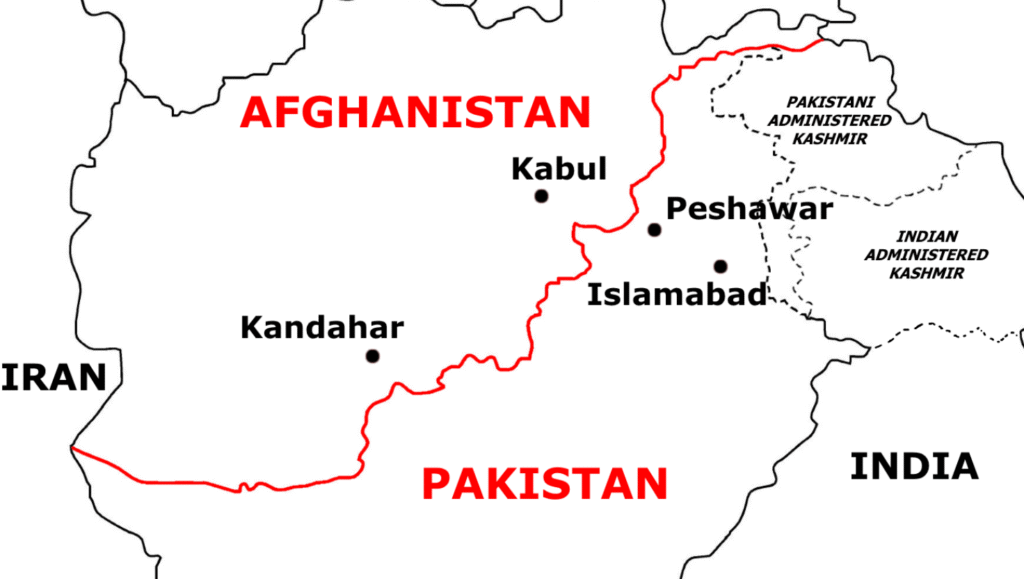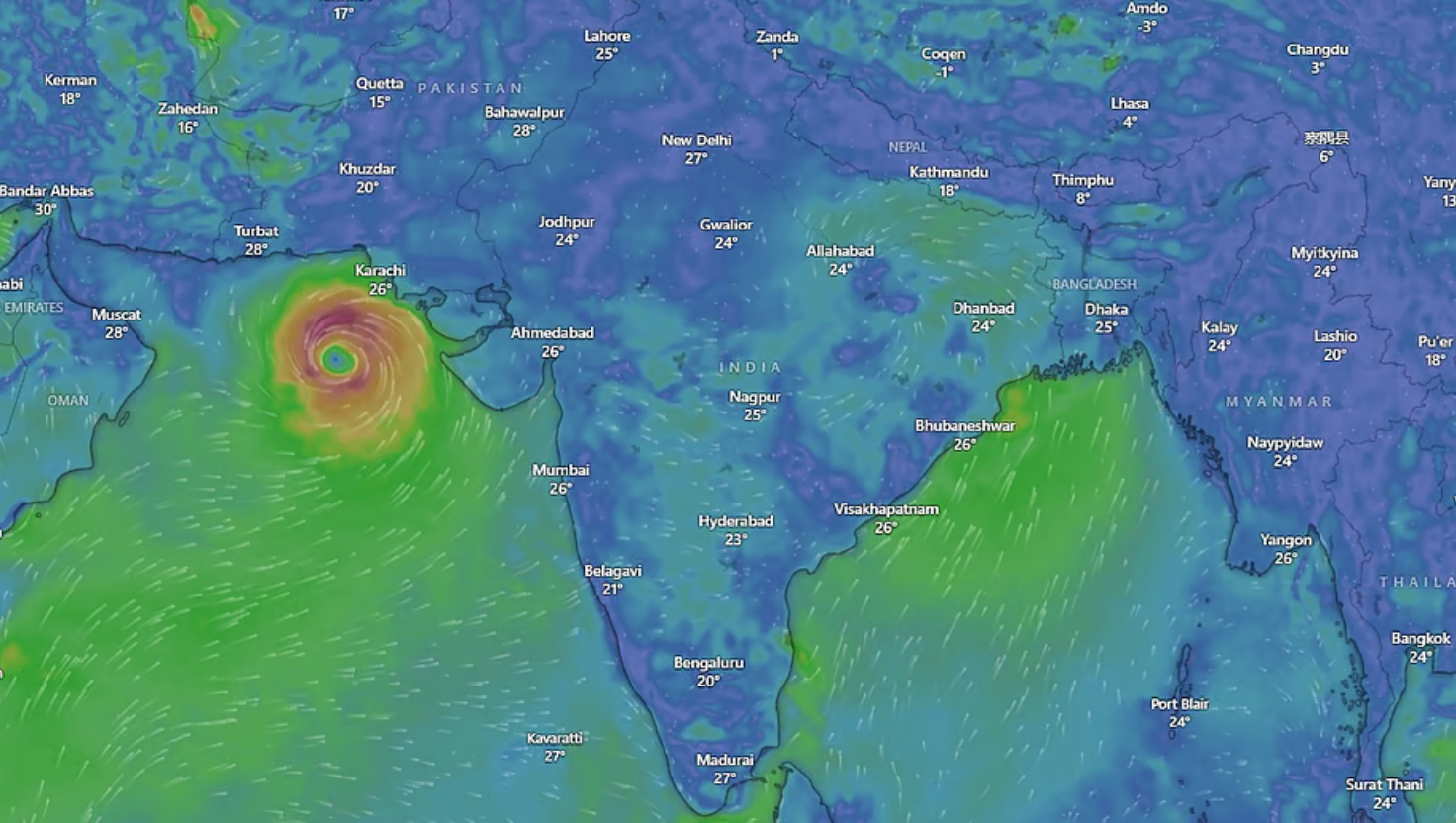Durand Line: Afghanistan–Pakistan Border Dispute
Syllabus: India and its Neighbourhood (UPSC GS II)
Introduction
The Durand Line, drawn in 1893 between British India and Afghanistan, remains a disputed 2,640 km border. It divides Pashtun tribal areas and continues to be a source of tension between Afghanistan and Pakistan.
Historical Background
- Establishment (1893): The Durand Line was created under an agreement between Sir Henry Mortimer Durand (British civil servant) and Amir Abdur Rahman (Afghan ruler).
- Context:
- After the Second Afghan War (1878–80), Britain sought to secure its Indian frontier.
- The line was part of the Great Game—the strategic rivalry between the British and Russian empires.
- Provisions:
- Recognised a 2,670 km frontier, stretching from China to Iran.
- Divided spheres of influence between Afghanistan and British India.
- Crucially placed the Khyber Pass under British control.
Geographical Features
- Runs through the Hindu Kush mountains.
- Passes across tribal Pashtun areas, dividing families, villages, and lands.
- Khyber Pass: Historic gateway for trade and invasions into India, intermittently garrisoned by the British (1839–1947).
Post-Independence Developments
- 1947: Pakistan inherited the Durand Line, but Afghanistan refused to recognise it, citing Pashtun tribal divisions.
- Taliban Era (1990s): First Taliban regime rejected the Durand Line.
- After 2007: Pashtun identity combined with radicalism gave rise to the Tehreek-e-Taliban Pakistan (TTP), whose insurgency destabilised Pakistan.
- 2017 onwards: Pakistan fenced the border, leading to renewed Afghan opposition.
Strategic Significance
- Remains a flashpoint in Afghanistan–Pakistan relations.
- Deepens Pashtun nationalist grievances, complicating border management.
- Continues to influence South Asian security dynamics and cross-border militancy.











